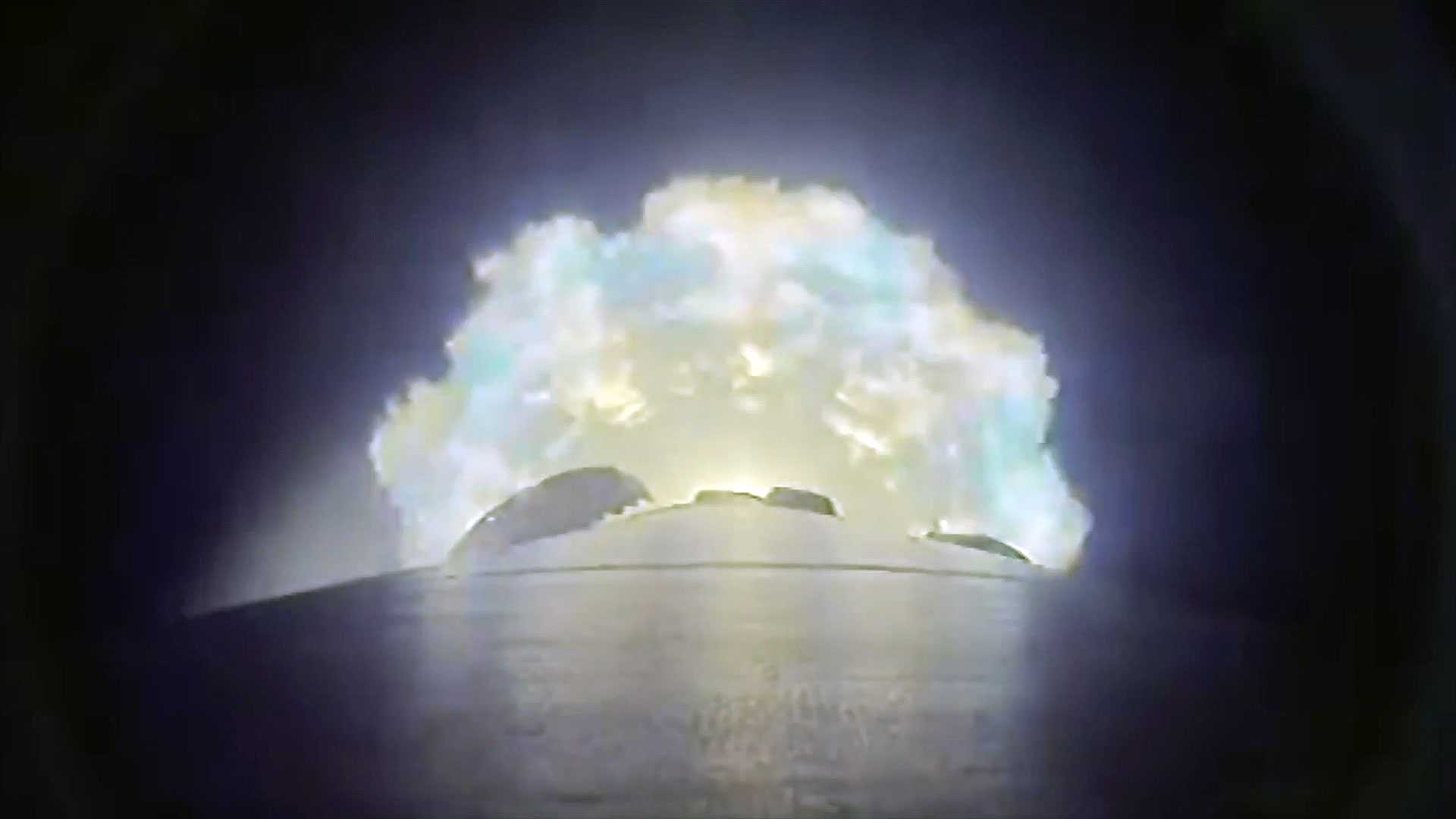President Obama Signs New Vision for U.S. Space Exploration Into Law
President Obama signed a major NASA act today (Oct. 11) that turns his vision for U.S. space exploration of asteroids and Mars into law.
The signing makes official a NASA authorization act that scraps the space agency's previous moon-oriented goal and paves the way for a manned mission to an asteroid by 2025. A manned mission to Mars is envisioned for some time in the 2030s.
The bill also calls for a budget of $19 billion for NASA in 2011, adding one extra space shuttle flight before the fleet retires next year, and the extension of the International Space Station through at least 2020. [Poll: Weigh in on NASA's New Direction]
"Today's vote of confidence from the president ensures America's space program will remain at the forefront of a bright future for our nation," NASA chief Charles Bolden said in a teleconference today.
President Obama's signing of the NASA act comes after Congress approved the bill for the act on Oct. 6. It is now awaiting an appropriations review, which is expected when Congress resumes work in mid-November for a lame duck session.
"There's still a long way to go as we direct our attention to the 2011 appropriations process," Bolden said.
NASA transition ahead
Breaking space news, the latest updates on rocket launches, skywatching events and more!
NASA's new space exploration plan cancels the agency's moon-oriented Constellation program established during the administration of former president George W. Bush to return astronauts to the moon by 2020.
The Constellation program was developing new rockets, Ares I and Ares V, and the Orion space capsule to replace the retiring shuttle fleet. Obama later revived the Orion capsule to serve as an escape craft for the space station and possibly as a deep space vehicle.
A review committee appointed by the Obama administration last year found the Constellation program to be underfunded and unsustainable.
"I think that we're all excited about the new path," said former astronaut Sally Ride during the teleconference. Ride was the first American woman in space and served on the Obama administration's human spaceflight review committee.
The new space plan calls on NASA to retire its three-shuttle fleet in 2010 and begin work on a new heavy-lift rocket, which will be required to launch big components of future deep space missions. It also sets the stage for the rise of commercial spacecraft.
"We will foster a growing commercial space transportation industry that will allow NASA to focus our efforts on executing [the] direction in the act to start work on a heavy-lift architecture to take astronauts beyond low-Earth orbit, and to develop a multipurpose crew vehicle for use with our new space launch systems," Bolden said.
Commercial spacecraft reliance
Under Obama's space plan, NASA will rely on Russian, European and Japanese spacecraft for its space station cargo and crew transportation needs in the near term, and then use American, privately built spacecraft to ferry astronauts to the International Space Station once they become available.
"That would help free NASA to do the more exciting and challenging things that we all believe NASA can and should be doing," Ride said. "That's getting astronauts out beyond low-Earth orbit."
The dependence on foreign spacecraft, as well as commercial vehicles, has drawn sharp criticism from some lawmakers due to the looming gap in U.S. access to space caused by the 2011 retirement of the space shuttle fleet. Some lawmakers, as well as seasoned NASA astronauts like Neil Armstrong, Gene Cernan and Jim Lovell, have publically decried the plan because of safety concerns using private spacecraft.
But NASA deputy chief Lori Garver assured reporters today that private spaceflight companies will be held to strict safety guidelines. The field competing for NASA contracts also includes current space shuttle contractors, such as Boeing, that are no strangers to the safety needs of human spaceflight, she added.
- NASA's New Direction: FAQ, NASA Bill Promises
- POLL: What Do You Think About NASA's New Direction?
- Voices: Experts and Analysts Weigh In On NASA's New Direction

Tariq is the award-winning Editor-in-Chief of Space.com and joined the team in 2001. He covers human spaceflight, as well as skywatching and entertainment. He became Space.com's Editor-in-Chief in 2019. Before joining Space.com, Tariq was a staff reporter for The Los Angeles Times covering education and city beats in La Habra, Fullerton and Huntington Beach. He's a recipient of the 2022 Harry Kolcum Award for excellence in space reporting and the 2025 Space Pioneer Award from the National Space Society. He is an Eagle Scout and Space Camp alum with journalism degrees from the USC and NYU. You can find Tariq at Space.com and as the co-host to the This Week In Space podcast on the TWiT network. To see his latest project, you can follow Tariq on Twitter @tariqjmalik.
